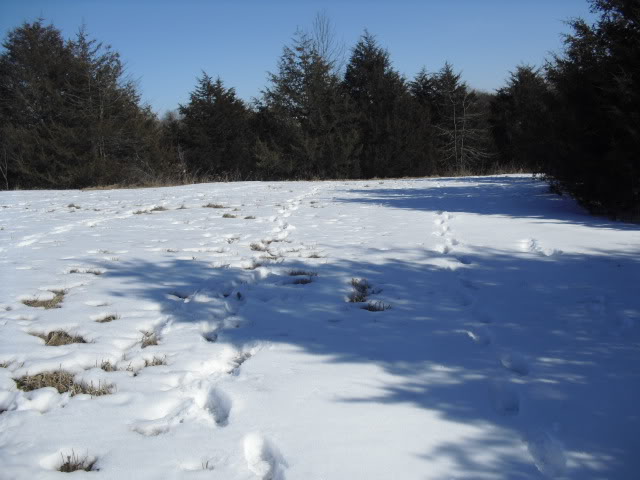I sprayed a switchgrass planted waterway in mid April back when unusually warm temps had everyone in a panic about spraying gly. Some switch was barely starting to emerge around the clump base of established switch so I applied 4 quarts of atrazine and 2 ounces of Oust XP to some areas that we had attempted a spring kill on the seeding year.
One area however I went ahead and sprayed gly because the cool seasons had overtaken the waterway.
Spring kills usually are not very effective and such was the case with this situation and still dormant cool seasons came up after being sprayed and of course inhibit switchgrass establishment.
Attempting to kill cool seasons after switch has been established requires spraying gly during a very very short window either in the spring before switch emerges or in the fall after switch goes dormant, neither are great options compared to fall killing before seeding.
So what happened in this case? I hit that "window" perfectly and after spraying with gly (along with atrazine and Oust XP) the cool seasons are dead as a door nail and the switch is doing fine!
Here is unsprayed cool season growth along the edge of the waterway
This is dying cool seasons after spraying with atrazine and Oust XP
This is dead cool seasons smoked by the gly/atrazine/oust combo
Underneath the dead thatch however the switch is emerging inscathed
In areas where we had previously gotten a good cool season kill the switch is clean and was 6' high last summer
This waterway was filled with massive snow drifts last winter crushing the switch/cool seasons in the center while the edges where it was switch alone stood better.
We'll continue to monitor the results of this spring " cleanup" but it is clear that mid April applications of gly are unlikely to have a severe impact on switchgrass unless it has reached the stage seen in the pics above...





































